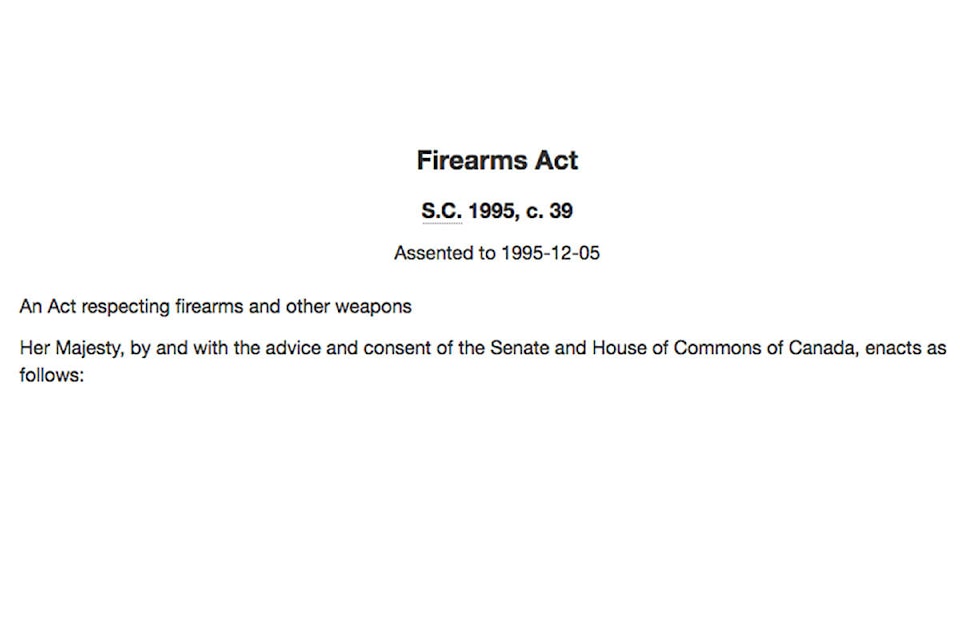What does responsible gun ownership look like?
“Trying to keep abreast of the laws in Canada, some of which can be confusing, and working with the police in the area,” said Dennis Robinson, the head of the Thunderbird Fast Draw Club.
In Canada, firearms ownership comes with restrictions.
To be in possession of guns in Canada, people must have a Possession and Acquisition Licence (PAL) and registration for certain weapons. A licence is the person’s authorization to possess and register a firearm. The law says a person cannot obtain ammunition without a PAL.
PAL shows that the user of the gun has has recognized training and testing, typically the Canadian Firearms Safety Course (CFSC), and passed.
Canada restricts the types of weapons its residents can own. Restricted firearms include certain handguns, semi-automatic, centre-fire rifles and shotguns with a barrel shorter than 470 mm; and rifles and shotguns that can be fired when their overall length has been reduced by folding, telescoping or other means to less than 660 mm.
There are also laws against modifying weapons, such as sawed off shotguns and other Criminal Code prohibitions.
There are some minor exceptions in the law for weapons used in sports.
And there are restrictions on transporting and storage.
A person does not have the own the weapon in order to require licensing. As a general rule, a person in possession of a firearm needs a licence even if he or she is not the owner and never handles the firearm. They can use a firearm in a legal manner if they are supervised by a person with a PAL.
Of course, criminals choose not to follow the nation’s gun laws.
